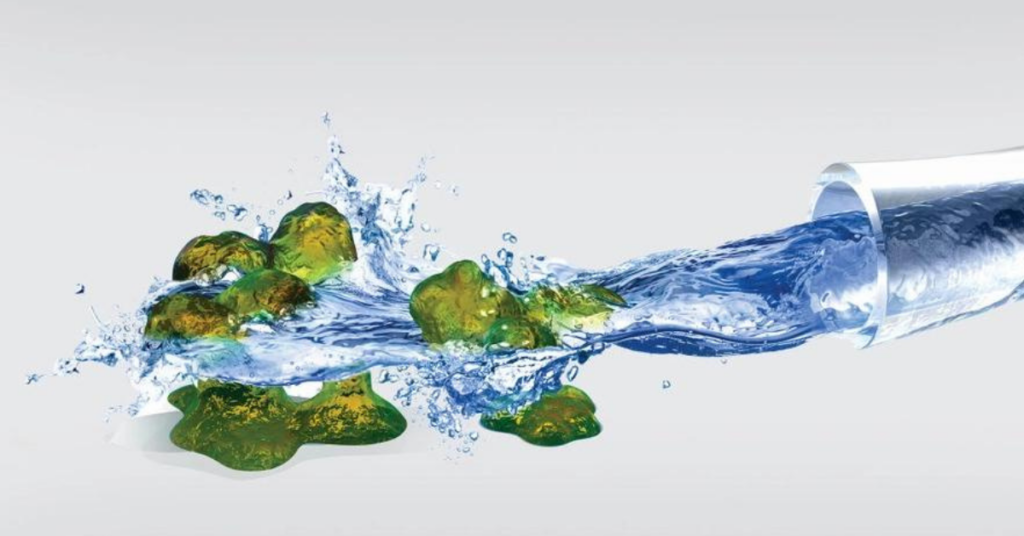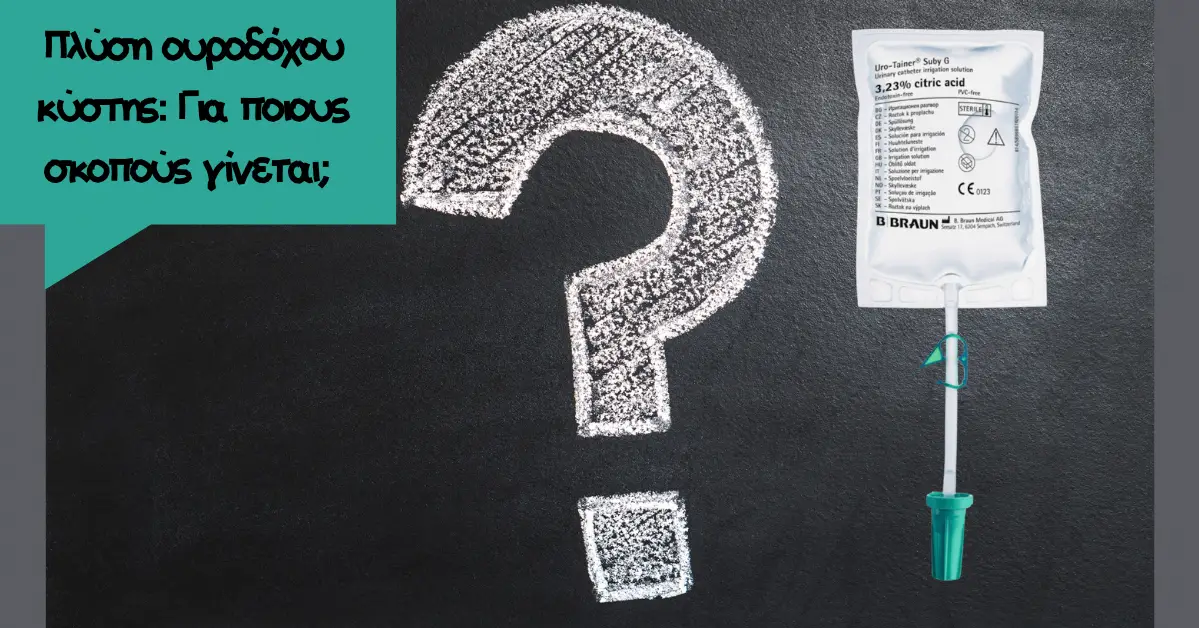The most common questions we receive at traumacare regarding bladder irrigations are: for what purposes should they be performed, how often, and what solution should be used. That's why we are here to answer them!
Urinary Tract Infection
Bladder lavage is usually performed on people who use an indwelling catheter. Why? As is perfectly logical, our body perceives the catheter as a foreign body and its permanent presence causes “reactions” from the body! Thus, patients with an indwelling catheter are more prone to urinary tract infections .
The main symptoms that indicate infection due to catheter use are cloudy urine, hematuria, abdominal pain, and fever.
A useful tip to avoid frequent urinary tract infections: Frequent catheter changes can help reduce complications! It is a good idea to monitor:
- the smell and appearance of urine,
- the results of urological tests,
- the number of catheter changes performed,
- the administration of antibiotics, etc.,
so that any complications can be diagnosed early. This way you will have a complete picture of the situation, which will of course also contribute to the diagnosis.
In case of inflammation or infection, bladder lavage helps both in the treatment and prevention. A typical example is infection by the Gram-negative bacterium Proteus which turns urine alkaline. As a result, crystalline deposits can form within the lumen of the catheter, causing obstruction .

Catheter Obstruction
Catheter blockage by salts, mucus or blood clots is quite common. According to research, it has been estimated that 40-50% of patients with long-term catheters will experience catheter blockage at some point during use. You will understand that the catheter is clogged when you notice leakage, which means that urine is not draining into the bag as it should. The Bristol Urology Institute (BUI) states: When the catheter is blocked and has not been replaced for a long time due to incompetence or negligence, bladder irrigation is considered imperative and necessary.
Interstitial Cystitis
Another condition in which a urologist will recommend bladder irrigation is interstitial cystitis, a chronic inflammatory condition of the bladder. The main symptoms are a strong and frequent need to urinate (frequency) and chronic pelvic pain, while women are more prone to its occurrence. Interstitial cystitis is not curable but improves with medication and bladder irrigation.
Which Solution Should Be Used?
According to the Urology Institute of California ( UCI ), bladder irrigation is a therapeutic practice that involves a solution being introduced into the bladder through a catheter. The solution remains in the bladder for about 10-15 minutes and then the solution is released. The process can be repeated until the bladder is clean. This solution is either saline or a specialized bladder irrigation solution . In the case of a urinary tract infection , the appropriate solution is Uro-Tainer Polihexanide 0.02% Sterile Solution for Removing Bacteria from the Catheter .
42 patients, 30 (71%) men and 12 women (29%) performed systematic irrigations with polyhexanide solution twice a week. After a five-week period, 9 patients reported no or reduced frequency of catheter-associated urinary tract infections (CAUTIs) , 8 improved quality of life, 8 reduced obstruction, 7 reduced odor, and 5 reduced frequency of catheter changes.
Source: https://pubmed.ncbi.nlm.nih.gov/33035090/
com/embed/4Zj7H-kT0Qk" width="100%" height="360" class="note-video-clip">
In case of catheter blockage , the appropriate solution is Uro-Tainer Suby G with the active ingredient citric acid (3.23%), which was designed to replace saline irrigation. The problems created by saline irrigation, such as vacuum and excessive pressure on the catheter walls, are minimized by its use.
${{products:118}}
How often should bladder irrigations be performed?
Usually every one or two weeks as a preventative measure and up to twice a day in case of infection . The process continues for about one to two months maximum (usually 6 to 8 weeks). The cycle of washings is stopped after this period of time so that the patient can see if the symptoms subside. Many patients, after taking a break, start a new cycle if they notice that the symptoms subside and reappear as soon as they stop washings. It is important to know that in case the washings are carried out for a very long period of time, the evaluation of their effectiveness is usually carried out every six months.
Bladder irrigation is usually performed by a healthcare professional, such as a nurse. However, with appropriate training, it can also be performed by a relative or even the patient themselves at home.
How Do I Know If Bladder Douching Is Effective?
Naturally, the results of the washes will vary from patient to patient. However, according to research , a period of one month is sufficient to observe an improvement or reduction in symptoms. The results are checked through a series of tests that include complete blood count (CBC), urine tests, and tests to check liver and kidney function. At this point, it is important to mention cystoscopy, which has a diagnostic purpose and is performed using a cystoscope that enters the inside of the bladder and is connected to a camera. In this way, the urologist has the ability to detect infections or other diseases of the bladder.
Habits That Contribute to Improving Bladder Health!
Combine bladder irrigation with changes in your eating habits and introduce some mild form of exercise into your life for best results!
More specifically, avoid acidic and spicy foods as well as alcohol , as they can irritate your bladder!

Strengthen the muscles around the bladder with pelvic floor exercises (Kegel exercises), consulting a doctor or physical therapist.
Train your bladder by avoiding trips to the toilet at all costs. This way, over time, your bladder will be trained to hold more urine and you won't need to go to the toilet as often.
Finally, if you suffer from pelvic pain due to urological problems, you can try the non-surgical method of Transcutaneous Electrical Nerve Stimulation ( TENS ) with electrodes , of course, again under the supervision of your physical therapist.


